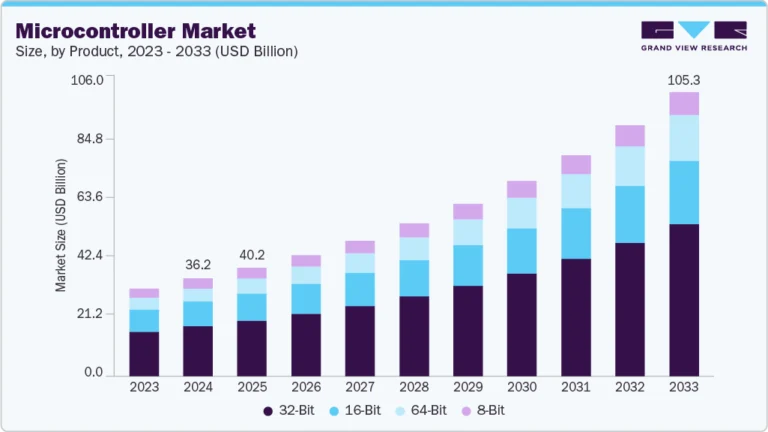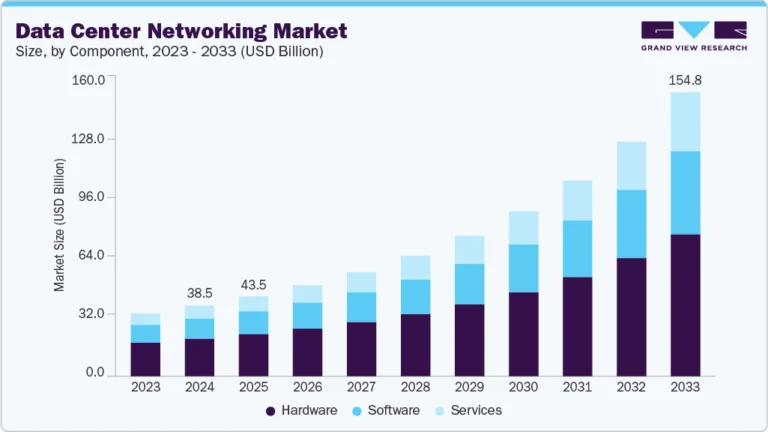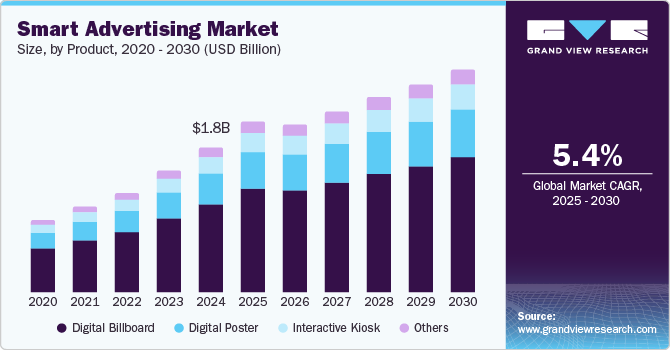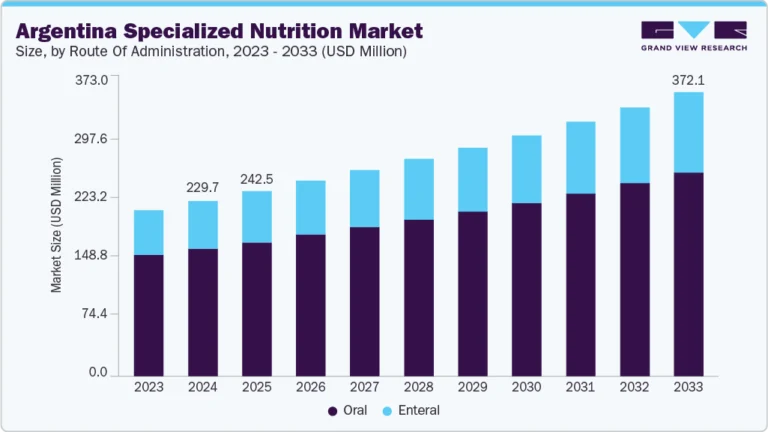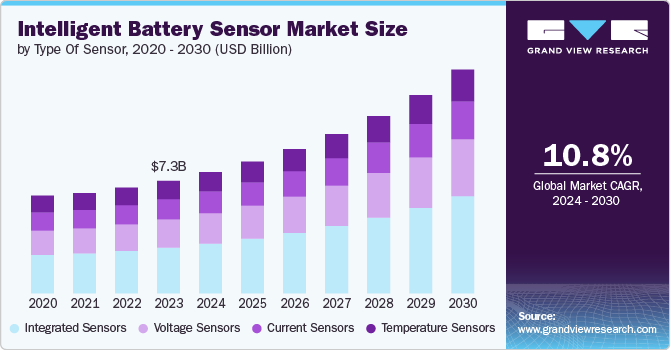Architectural Lighting Market Size, Share, & Trends Analysis growing at a CAGR of 7.7% from 2025 to 2030
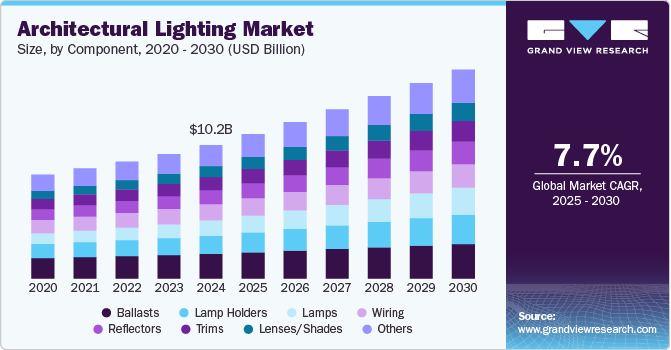
The global architectural lighting market size was estimated at USD 10,203.7 million in 2024 and is projected to reach USD 15,978.5 million by 2030, growing at a CAGR of 7.7% from 2025 to 2030. The architectural lighting market is a dynamic and rapidly evolving sector focused on enhancing the functionality, aesthetics, and sustainability of lighting solutions in various architectural applications.
Key Market Trends & Insights
- In terms of region, Asia Pacific was the largest revenue generating market in 2024.
- Country-wise, Australia is expected to register the highest CAGR from 2025 to 2030.
- In terms of segment, ballasts accounted for a revenue of USD 2,005.6 million in 2024.
- Lamps is the most lucrative component segment registering the fastest growth during the forecast period.
Market Size & Forecast
- 2024 Market Size: USD 10,203.7 Million
- 2030 Projected Market Size: USD 15,978.5 Million
- CAGR (2025-2030): 7.7%
- Asia Pacific: Largest market in 2024
Request a free sample copy or view report summary: https://www.grandviewresearch.com/industry-analysis/architectural-lighting-market/request/rs1
Rapid urbanization and expanding infrastructure development are pivotal growth drivers in the architectural lighting market, especially in emerging economies.
As cities grow and modernize, the need for well-lit public spaces, commercial buildings, and residential areas increases significantly. Governments globally are prioritizing the development of smart cities, which aim to integrate advanced technologies for enhanced efficiency and sustainability. Architectural lighting plays a critical role in these initiatives by providing energy-efficient solutions that reduce power consumption while meeting the aesthetic and functional needs of modern infrastructure. LEDs and smart lighting systems, with their ability to be automated and customized, are increasingly favored for urban projects such as parks, bridges, and cultural landmarks. These systems not only enhance safety and visual appeal but also align with global sustainability goals. This surge in urbanization and smart city initiatives positions architectural lighting as a key component of future urban development strategies.
The adoption of LED technology has significantly driven growth in the architectural lighting market due to its superior energy efficiency, longevity, and cost savings. LEDs consume less power, reducing energy costs and carbon footprints, aligning with global sustainability goals. Their longer lifespan minimizes maintenance costs, making them ideal for large-scale and long-term applications. Additionally, advancements in LED technology offer greater design flexibility, enabling creative lighting solutions for diverse architectural needs, from residential spaces to commercial and public infrastructure projects.


